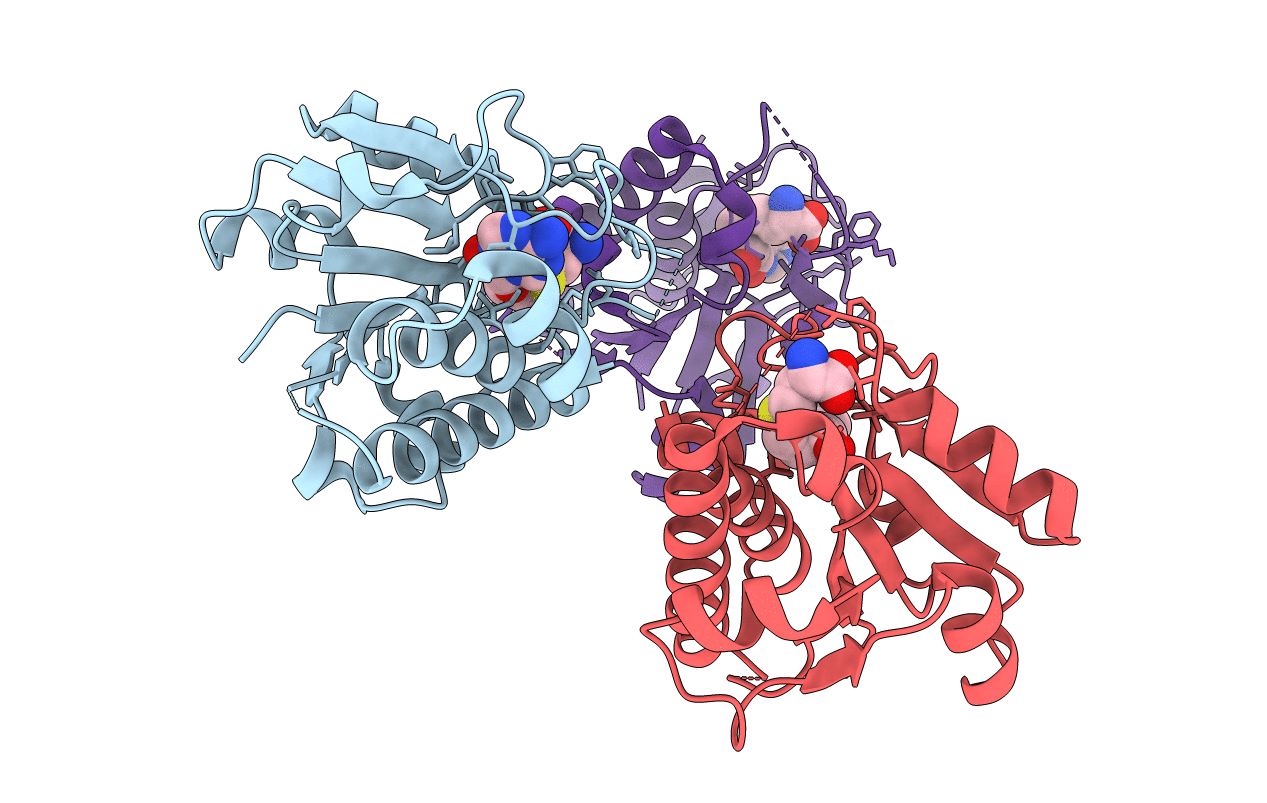
Deposition Date
2017-10-03
Release Date
2018-06-13
Last Version Date
2025-12-10
Entry Detail
PDB ID:
6EMV
Keywords:
Title:
Crystal Structure of dual specific Trm10 construct from Thermococcus kodakaraensis.
Biological Source:
Source Organism:
Thermococcus kodakarensis (Taxon ID: 311400)
Host Organism:
Method Details:
Experimental Method:
Resolution:
2.90 Å
R-Value Free:
0.25
R-Value Work:
0.19
R-Value Observed:
0.19
Space Group:
P 61


